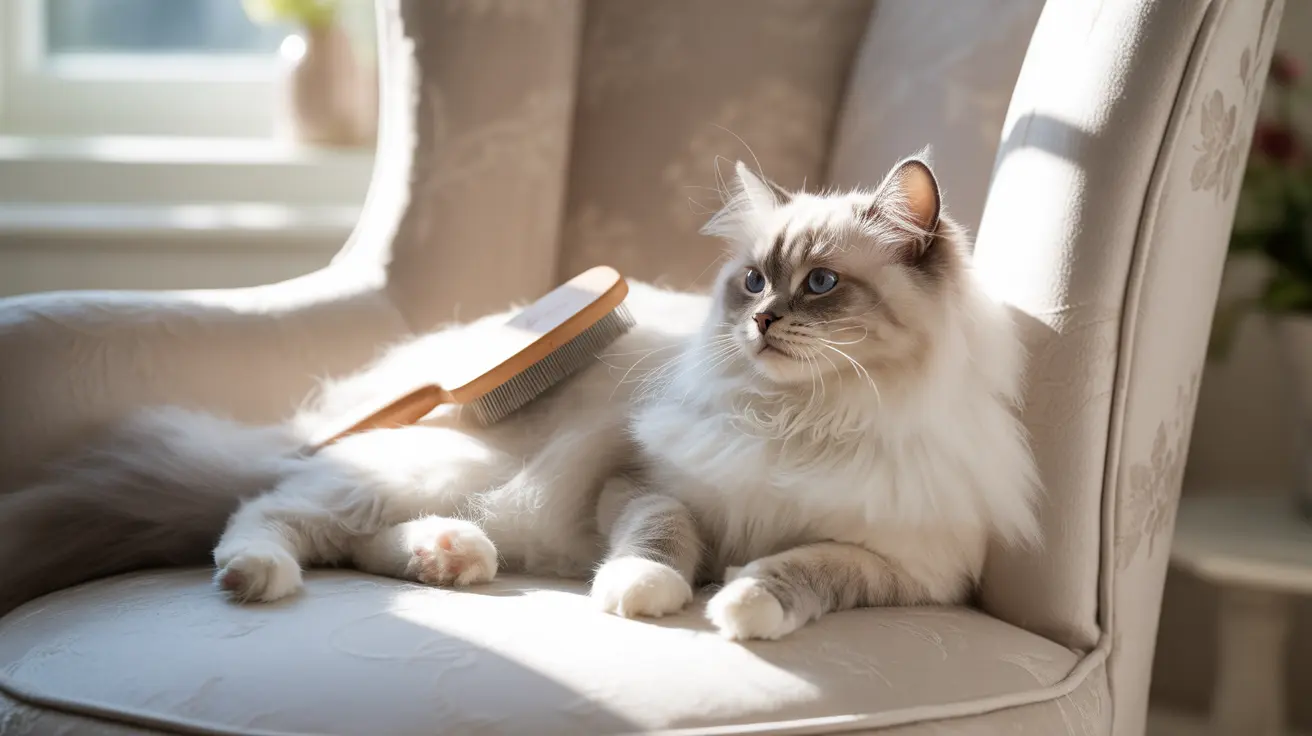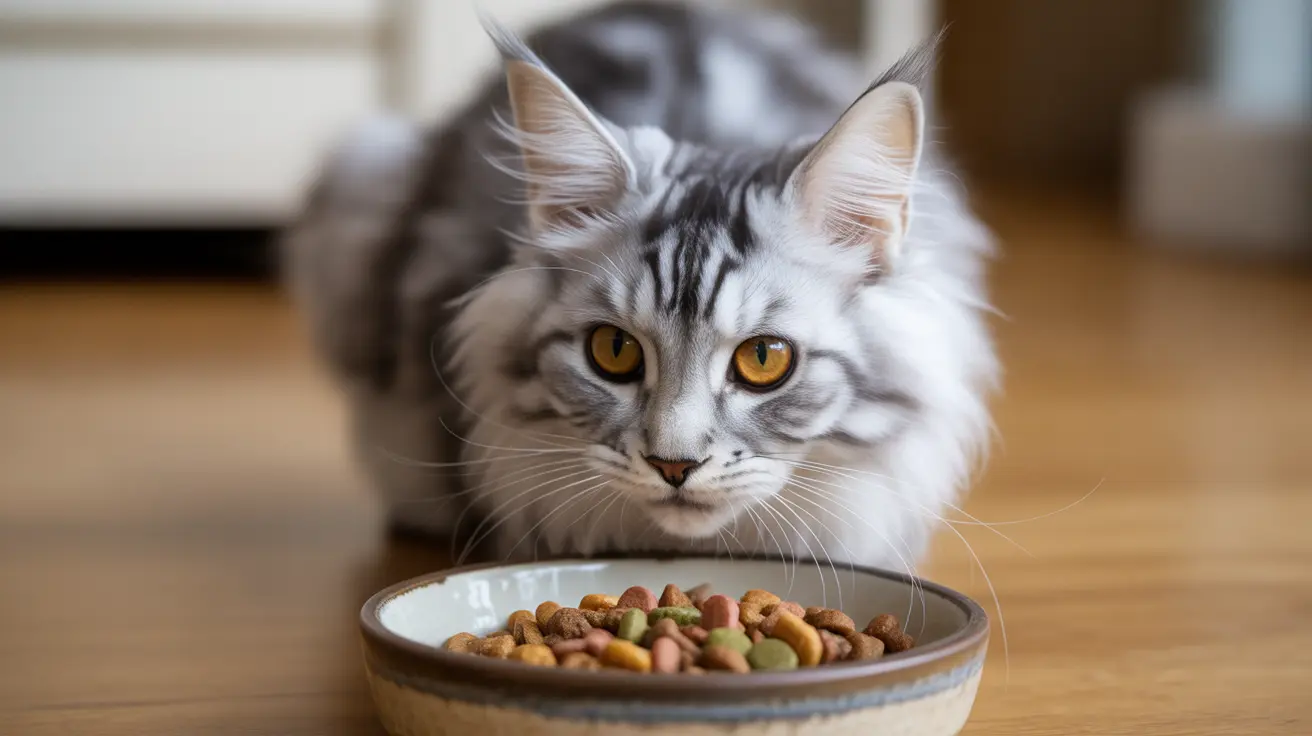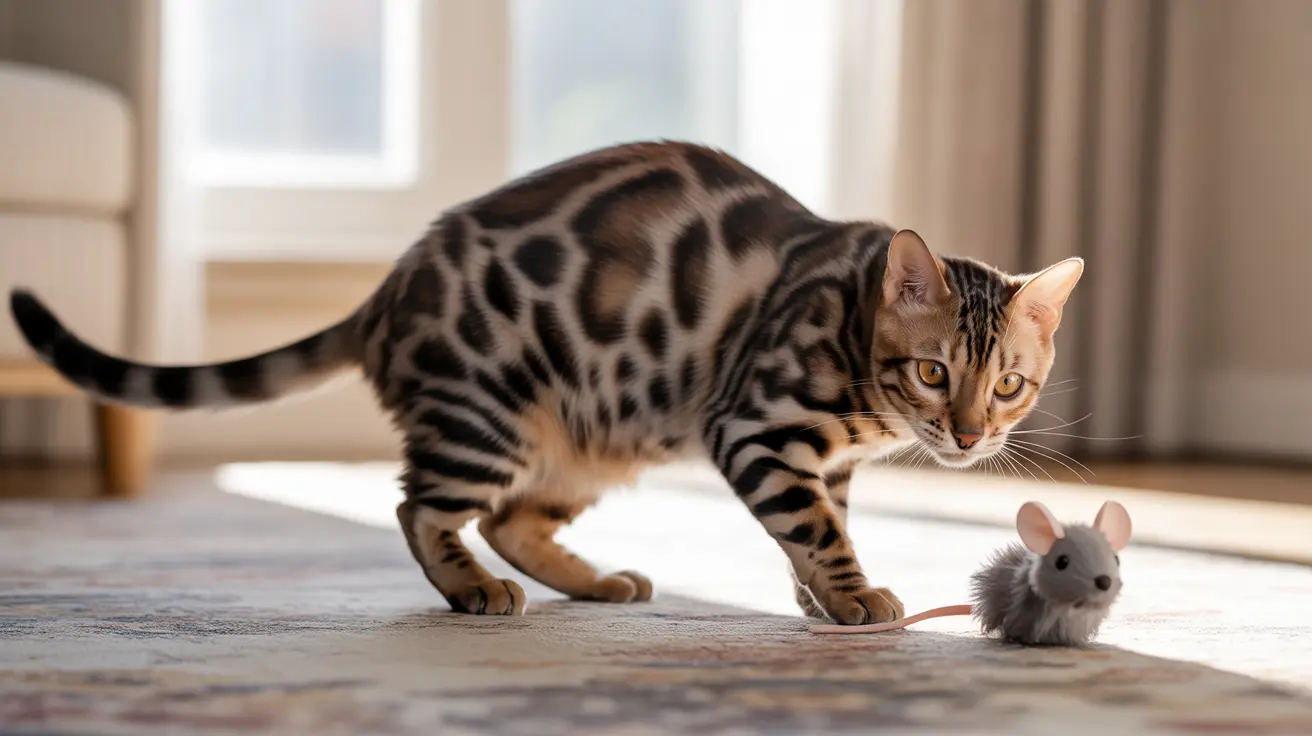Popular Long-Haired Cat Breeds and Grooming Tips: Your Complete Care Guide
Long-haired cats are among the most stunning and regal felines in the cat world, captivating pet lovers with their flowing, luxurious coats and gentle temperaments. These magnificent breeds, ranging from the majestic Maine Coon to the elegant Persian, offer unique personalities and breathtaking beauty that make them highly sought-after companions. However, their gorgeous coats come with specific care requirements that every cat owner must understand to ensure their feline friend remains healthy and comfortable.
The allure of long-haired cats extends beyond their visual appeal—many of these breeds possess fascinating histories, originating from northern regions like Russia, Iran, and Turkey, where their dense coats provided essential insulation against harsh climates. While their flowing locks require more dedication than short-haired breeds, the reward of owning these elegant creatures is immeasurable. Understanding popular long-haired cat breeds and grooming tips is essential for anyone considering adding one of these beautiful felines to their family or seeking to improve their current cat care routine.
Whether you're a prospective cat owner researching the perfect breed or a current long-haired cat parent looking to optimize your grooming approach, this comprehensive guide will explore the most beloved long-haired and semi-long-haired breeds, their distinctive characteristics, and the specific care techniques that will keep your feline companion looking and feeling their best.
The Most Popular Long-Haired Cat Breeds
Maine Coon: The Gentle Giant
The Maine Coon stands as one of the largest domestic cat breeds, renowned for its impressive size and thick double coat that requires careful attention. This affectionate and intelligent breed features a magnificent coat that should be brushed several times a week to maintain its health and prevent matting. During shedding seasons, more frequent grooming becomes essential to manage the increased fur volume and prevent uncomfortable tangles.
What makes the Maine Coon particularly special is its hardy nature and loving personality, making it an excellent family companion. Their thick coat, originally developed to withstand harsh New England winters, requires consistent care but rewards owners with a stunning appearance and remarkable resilience.
Persian: The Aristocrat of Cat Breeds
Known for their distinctive flat faces and flowing locks, Persian cats represent the epitome of feline elegance. These cats require daily grooming to keep their silky coats free of debris and prevent painful matting. Available in various beautiful colors including black, red, cream, blue, and lilac, Persians demand the most intensive grooming routine among long-haired breeds.
The Persian's coat varies from fine to wooly texture, and without proper daily attention, it can quickly become tangled and uncomfortable. This breed's grooming needs make them ideal for owners who enjoy the bonding experience of daily brushing sessions and have the time to dedicate to their cat's coat maintenance.
Himalayan: The Best of Both Worlds
As a cross between Persian and Siamese cats, Himalayans showcase distinctive color points on their ears, nose, feet, and tail, combined with the Persian's luxurious long coat. Like their Persian relatives, Himalayans require daily brushing to maintain coat health, with their fur texture varying from fine to wooly depending on the individual cat.
These cats inherit the Persian's grooming requirements while displaying the Siamese's striking color patterns, creating a breed that demands consistent care but offers stunning visual appeal and gentle temperaments.
Norwegian Forest Cat: The Wild Beauty
The Norwegian Forest Cat boasts a thick, weather-resistant coat perfectly suited for cold climates, reflecting their Scandinavian origins. This breed requires brushing several times a week, with increased frequency during shedding seasons when their dense coat releases more fur.
Their naturally robust constitution and thick double coat make them relatively low-maintenance compared to other long-haired breeds, though consistent grooming remains essential for preventing matting and maintaining coat health.
Ragdoll: The Affectionate Companion
Famous for their tendency to go limp when held and their exceptionally friendly personalities, Ragdolls feature beautiful long coats that require grooming once or twice per week. Their affectionate nature makes grooming sessions particularly enjoyable, as these cats often relish the attention and bonding time.
The Ragdoll's coat is generally more manageable than some other long-haired breeds, making them an excellent choice for first-time long-haired cat owners who want stunning beauty without the most intensive grooming requirements.
Siberian: The Hardy Russian
Siberian cats possess a remarkable triple coat that provides exceptional insulation, requiring weekly brushing that increases to more frequent sessions during spring and fall shedding periods. Known for their friendly and trainable nature, these cats adapt well to regular grooming routines.
Interestingly, many Siberian cats are considered hypoallergenic due to producing lower amounts of the Fel d 1 protein, making them potentially suitable for some people with cat allergies. Their dense coat requires dedication but rewards owners with stunning beauty and robust health.
Turkish Angora: The Silky Sophisticate
The Turkish Angora features a distinctive silky, smooth coat that lacks a dense undercoat, making it somewhat easier to maintain than double-coated breeds. These cats need brushing a few times per week and are known for their playful and vocal personalities.
Their elegant appearance and relatively manageable grooming requirements make Turkish Angoras popular among cat enthusiasts who appreciate beauty with moderate maintenance needs.
Essential Grooming Techniques for Long-Haired Cats
Daily and Weekly Grooming Routines
Establishing a consistent grooming routine is crucial for maintaining your long-haired cat's coat health and preventing painful matting. Most long-haired breeds benefit from daily brushing, while some can be maintained with several weekly sessions. The key is consistency—regular grooming prevents small tangles from developing into large, uncomfortable mats that may require professional intervention.
Start grooming sessions when your cat is relaxed, using appropriate tools such as slicker brushes or metal combs designed to catch loose fur and work through tangles gently. Begin with areas less prone to matting, gradually working toward more sensitive regions while offering treats and affection to create positive associations with grooming.
Choosing the Right Grooming Tools
Different long-haired breeds require specific grooming approaches based on their coat texture and density. Slicker brushes work well for most long-haired cats, effectively removing loose fur and preventing tangles. Metal combs are essential for working through existing tangles and checking for mats in hard-to-reach areas.
For breeds like the Selkirk Rex with curly coats, over-brushing should be avoided to prevent frizziness, while cats with triple coats like Siberians may need multiple brush types to effectively manage their dense fur layers.
Professional Grooming Considerations
While regular home grooming is essential, professional grooming becomes necessary when mats become severe or when owners need guidance on proper techniques. Professional groomers can safely remove stubborn mats, provide full-body grooming, and offer advice on maintaining your cat's specific coat type.
Many long-haired cat owners find that quarterly professional grooming sessions, combined with consistent home care, keep their cats comfortable and their coats in optimal condition.
Health Benefits and Nutritional Support
Supporting Coat Health Through Nutrition
Maintaining a balanced, moisture-rich diet significantly impacts your long-haired cat's coat health and overall well-being. Proper nutrition supports skin health, reduces excessive shedding, and promotes the growth of strong, lustrous fur that's easier to maintain.
High-quality proteins, omega fatty acids, and adequate hydration contribute to coat health, while poor nutrition can result in dry, brittle fur that's more prone to tangling and matting.
Recognizing and Preventing Health Issues
Regular grooming sessions provide opportunities to monitor your cat's skin and coat health, allowing early detection of potential issues. Watch for signs of skin irritation, unusual odors, or changes in coat texture that might indicate underlying health problems.
Long-haired cats are more prone to hairballs due to increased grooming and fur ingestion, making regular brushing essential for reducing loose fur and minimizing this risk. Consistent grooming also helps prevent skin problems that can develop under matted fur.
Creating the Ideal Environment for Long-Haired Breeds
Space and Enrichment Needs
Many long-haired breeds, particularly those like the Norwegian Forest Cat and Maine Coon, benefit from ample space and environmental enrichment. These active breeds require mental stimulation and physical exercise to maintain their well-being and prevent behavioral issues.
Providing climbing structures, interactive toys, and opportunities for exploration helps satisfy their natural instincts while keeping them mentally engaged and physically healthy.
Social Requirements and Companionship
Several long-haired breeds, including Ragdolls and RagaMuffins, thrive with feline companionship and extensive social interaction. These breeds often prefer not to be left alone for extended periods and benefit from either human companionship or a feline friend.
Understanding each breed's social needs ensures you can provide appropriate companionship and interaction levels to keep your long-haired cat emotionally satisfied and behaviorally balanced.
Frequently Asked Questions
How often should I brush my long-haired cat?
Most long-haired cats require daily brushing, though some breeds like Ragdolls can be maintained with grooming once or twice per week. Persians and Himalayans need daily attention, while Norwegian Forest Cats and Maine Coons should be brushed several times weekly, with increased frequency during shedding seasons.
What's the best brush for long-haired cats?
Slicker brushes and metal combs are essential tools for long-haired cats. Slicker brushes effectively remove loose fur and prevent tangles, while metal combs help work through existing tangles and check for mats. The specific brush type may vary depending on your cat's coat texture and density.
Are long-haired cats more prone to hairballs?
Yes, long-haired cats are generally more susceptible to hairballs due to their extensive grooming habits and the increased amount of fur they ingest. Regular brushing significantly reduces loose fur and helps minimize hairball formation by removing excess coat before the cat can swallow it.
Can I bathe my long-haired cat?
Occasional baths may be necessary for long-haired cats, particularly if their coat becomes soiled or oily. However, most long-haired breeds don't require frequent bathing if they're properly groomed. Some breeds like the Selkirk Rex may need semi-regular bathing due to naturally oily skin.
What should I do if my cat's fur becomes severely matted?
Severe matting requires professional grooming intervention. Attempting to remove large mats at home can be painful for your cat and may result in skin damage. Professional groomers have the tools and experience to safely remove mats while keeping your cat comfortable.
Do long-haired cats shed more than short-haired cats?
Long-haired cats often appear to shed more due to the length and visibility of their fur, and the shedding may exacerbate allergies due to increased dander. However, regular grooming helps manage shedding by removing loose fur before it falls naturally throughout your home.
Are any long-haired breeds hypoallergenic?
Some long-haired breeds, including Siberians, are considered potentially hypoallergenic because they produce lower amounts of the Fel d 1 protein that triggers most cat allergies. However, no cat breed is completely hypoallergenic, and individual reactions can vary significantly.
Conclusion
Owning popular long-haired cat breeds and mastering proper grooming tips creates a rewarding relationship between you and your feline companion. While these magnificent breeds require more grooming dedication than their short-haired counterparts, the investment in time and care pays dividends in the form of stunning beauty, strong bonding experiences, and optimal feline health. From the gentle giant Maine Coon to the elegant Persian, each breed offers unique characteristics and specific care requirements that, when properly understood and implemented, result in happy, healthy, and gorgeous cats.
The key to success with long-haired cats lies in establishing consistent grooming routines, choosing appropriate tools, understanding each breed's specific needs, and recognizing when professional help is necessary. By combining regular grooming with proper nutrition, environmental enrichment, and attentive health monitoring, you can ensure your long-haired cat enjoys a comfortable, healthy life while showcasing their magnificent coat in all its glory. Remember that patience, consistency, and positive reinforcement during grooming sessions will help create enjoyable bonding experiences that both you and your cat will cherish for years to come.





